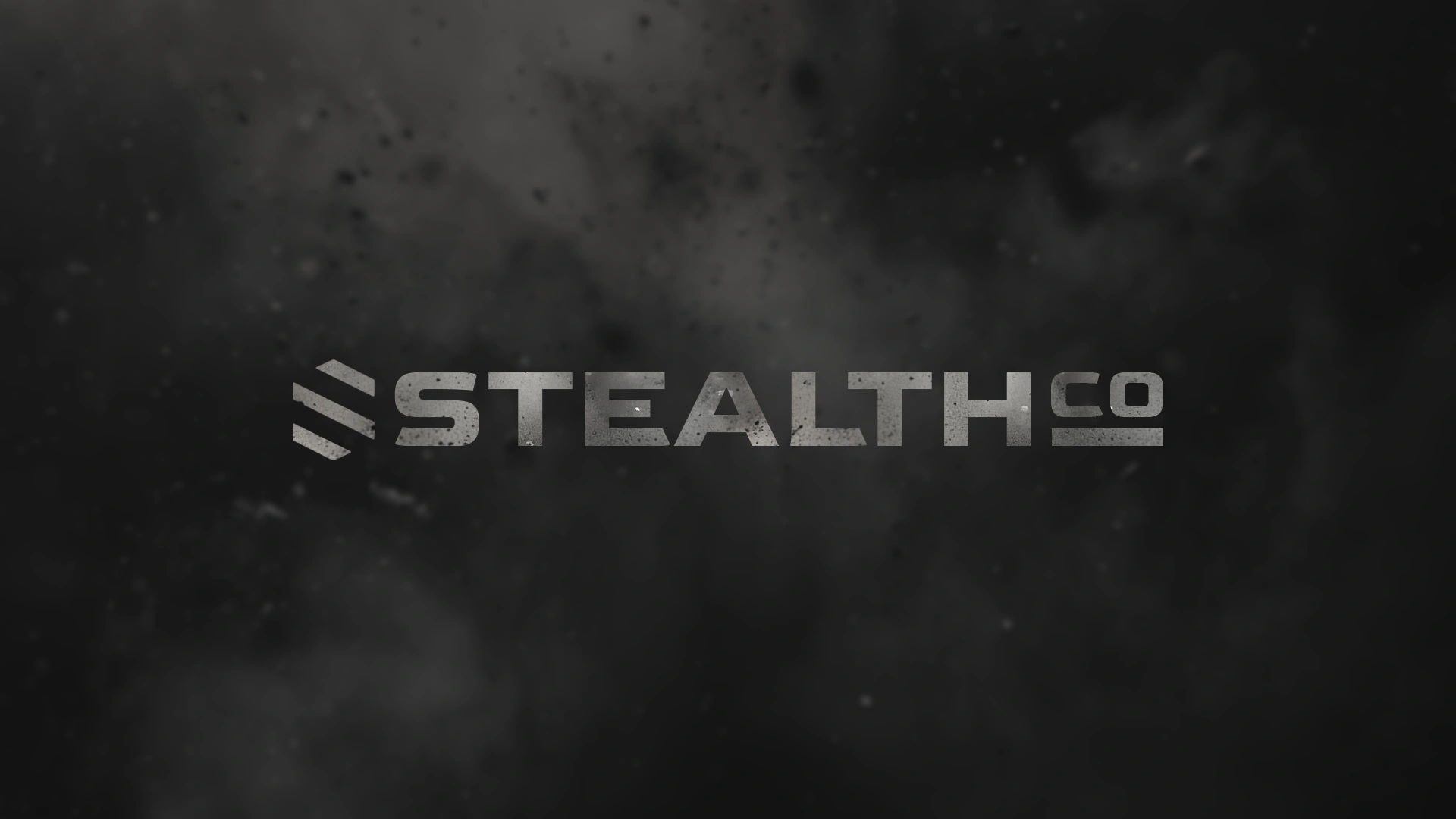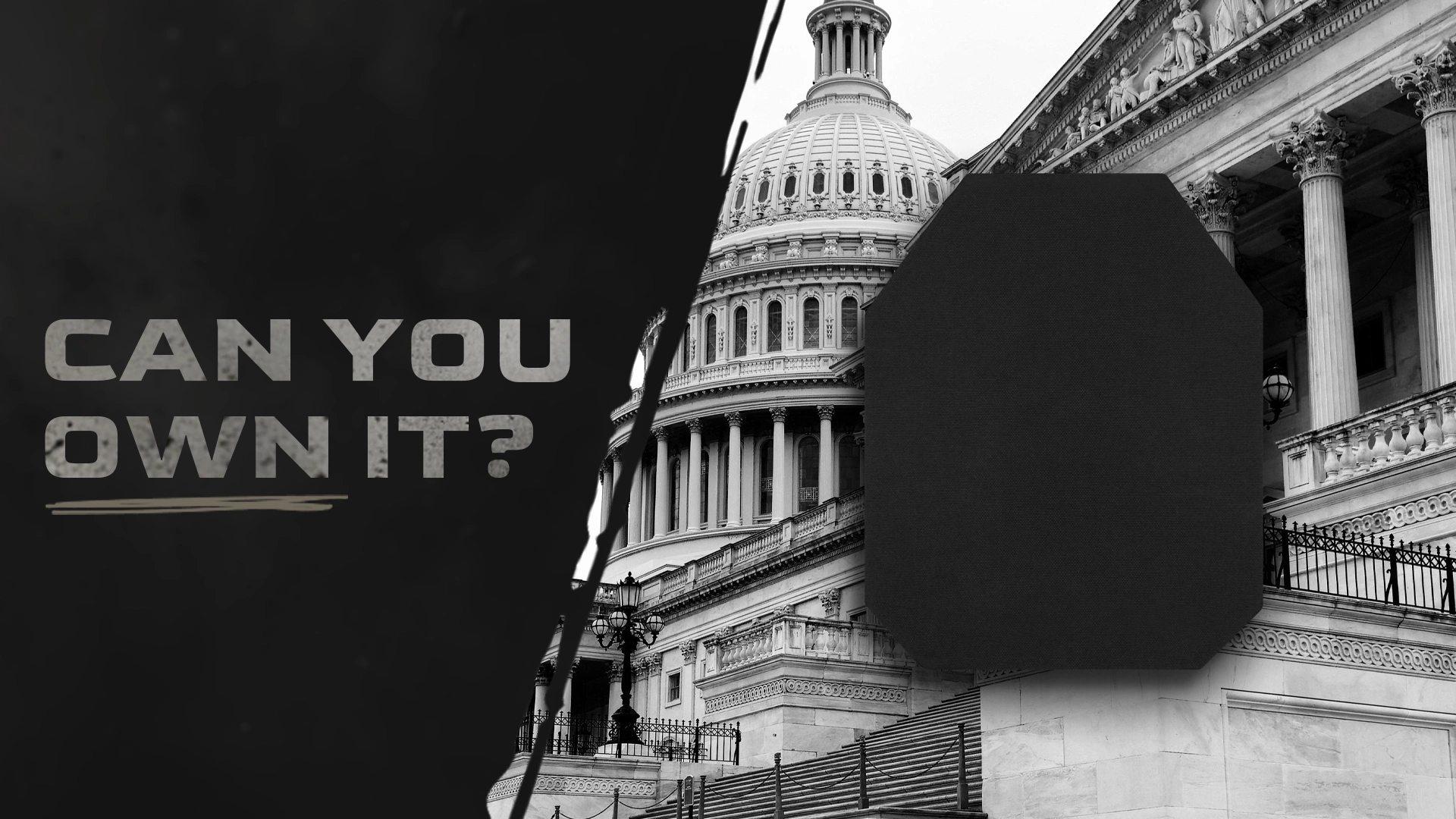
1. Introduction
The National Institute of Justice (NIJ) Standard 0101.07 represents a landmark revision in the evaluation of ballistic-resistant body armor, serving as a critical update to the long-standing NIJ Standard 0101.06. This new standard is a calculated response to the evolution of criminal threats, advancements in materials science, and a deeper understanding of real-world vulnerabilities. The most significant changes are not merely incremental; they involve a fundamental restructuring of the NIJ’s certification framework. The standard bifurcates the testing methods and protection levels into two separate documents, introduces a new, more intuitive alphanumeric classification system, and establishes more rigorous, reality-based testing protocols for both soft and hard armor.
This report provides a detailed examination of the NIJ Standard 0101.07, outlining its testing methodologies, contrasting its key features with the older 0101.06 standard, and analyzing the new protection levels. It explores the strategic implications of this transition for manufacturers, who must re-engineer their products to meet stricter criteria, and for agencies, who must navigate a multi-year phase-out and procurement process. Ultimately, the new standard and its associated framework are designed to enhance safety by ensuring body armor remains effective against contemporary threats while providing greater clarity and agility for future adaptations.
2. The Context for Change: A New Standard for Evolving Threats
The National Institute of Justice (NIJ) Standard is the sole nationally accepted benchmark for body armor worn by individuals in the United States. The NIJ’s commitment to safety dates back to the early 1970s with the introduction of its first performance standard, and since then, the standard has been continuously revised and updated to address new threats and technological advancements. This process of continuous evolution is driven by lessons from the field, as law enforcement professionals have increasingly faced threats from heavier caliber weapons.
The revision to the 0101.07 standard was necessitated by a confluence of critical factors that rendered its predecessor, NIJ Standard 0101.06, increasingly outdated. The primary impetus was the changing landscape of criminal threats. In the years since the 0101.06 standard was published in 2008, there has been a proliferation of high-velocity ammunition and a rise in criminal activity involving common intermediate rifle rounds such as 5.56x45mm and 7.62x39mm. This created a critical protection gap, as the previous standard did not officially include these prevalent threats in its testing protocols.
This deficiency in the standard led to a market-driven, yet unofficial, solution. Body armor manufacturers began producing and marketing plates with a “Level III+” designation to indicate protection against these specific “special threats” that fell outside the official Level III rating. However, this unofficial nomenclature caused confusion in the industry, as there was no standardized definition for what “Level III+” protected against; a plate from one manufacturer might defeat certain rounds while another’s would not, despite the same label. The new standard addresses this by formalizing this protection level and bringing much-needed clarity to the industry.
Additionally, the update was spurred by the growing presence of female officers in law enforcement, which exposed a major vulnerability in previous standards. Traditional testing methods and vest designs often failed to account for anatomical differences, potentially compromising fit and protection for women. The 0101.07 revision mandates new, gender-specific testing protocols to ensure that all officers receive the same level of protection, regardless of their body type.
The NIJ’s response to these challenges is a testament to its adaptive approach. The new standard is a direct, calculated response to the specific threats and issues that emerged in the years following the 0101.06 publication. By formalizing the “Level III+” category into an official protection level and restructuring the entire certification process, the NIJ has proactively equipped the body armor industry and law enforcement with a more robust and responsive framework. This new architecture ensures that the standard can be updated more rapidly in the future, preventing a recurrence of the protection gaps that characterized the last decade.
3. Fundamental Structural and Procedural Revisions
NIJ Standard 0101.07 is not merely an updated version of its predecessor; it represents a significant and fundamental restructuring of the body armor certification framework. This section details the major architectural and procedural changes that distinguish the new standard.
3.1 The Bifurcation of Standards: A Strategic Restructuring
The most profound structural change is the separation of the standard into two distinct and independent documents. This strategic decision was made to enhance the agility and responsiveness of the NIJ’s certification process.
- NIJ Standard 0101.07: This document focuses exclusively on the minimum performance requirements and the detailed test methods for ballistic resistance.
- NIJ Standard 0123.00: This is a new, standalone publication that specifies the official ballistic protection levels and the associated test threats.
This bifurcation is a forward-thinking change designed to prevent the entire standard from becoming obsolete as quickly as new ammunition types emerge. In the past, every update to the list of threats required a comprehensive revision of the entire standard. Now, the NIJ can update the ballistic threats defined in 0123.00 with greater speed and ease, without having to rewrite the entire testing protocol document (0101.07).
A deeper analysis reveals the broader implications of this structural shift. The NIJ’s decision to reference a “suite of standardized test methods and laboratory practices published by ASTM” in NIJ Standard 0101.07 represents a move toward greater transparency and harmonization within the industry. The ASTM standards development process is open and inclusive, involving a wide range of stakeholders, including military and law enforcement experts, manufacturers, and researchers. By adopting these established, consensus-based procedures, the NIJ not only strengthens the scientific foundation of its own standard but also creates an opportunity to align testing procedures for both law enforcement and military ballistic-resistant equipment. This shared framework streamlines the development and testing process across sectors, reduces redundancy, and ensures that the standard is built on a foundation of broad scientific and technical consensus.
3.2 Updated Testing Protocols for Soft Armor
NIJ Standard 0101.07 introduces more rigorous and realistic testing for soft armor, addressing vulnerabilities identified in real-world engagements. The standard significantly improves the Perforation-Backface Deformation (P-BFD) testing, which measures the amount of blunt force trauma transmitted to the wearer’s torso. The maximum allowable backface deformation remains 44 mm. The most notable addition to this testing is a new, mandatory shot at a 45-degree angle of obliquity to the top-center of the soft armor panel. This shot is designed to replicate a real-world scenario where a bullet strikes the vest at an oblique angle near the top edge. This new requirement directly addresses a critical vulnerability in which bullets have been known to not fully engage all layers of the armor and deflect into the neck region. The testing setup is meticulously adjusted for both flat (planar) and curved (non-planar) soft armor designs to ensure the test accurately reflects real-world wear conditions. Additionally, soft armor is now conditioned prior to testing by being subjected to a tumbling process that simulates years of wear and tear, ensuring that performance is evaluated for the armor’s lifespan, not just its brand-new state.
3.3 Refined Testing Protocols for Hard Armor Plates
The standard also introduces new, more demanding requirements for hard armor plates. Hard armor must now undergo a durability conditioning test based on ASTM protocols before being subjected to ballistic testing. Furthermore, a new test requirement mandates that hard armor plates must withstand a direct impact to the “crown,” which is defined as the highest point of curvature. This is particularly significant as the crown has historically been a potential weak spot in some plate designs.
3.4 Dedicated Standards for Female-Specific Armor Designs
Addressing the long-standing issue of inadequate protective gear for females, the new standard introduces specific, rigorous testing methods for armor designed to accommodate female anatomy. These new protocols include the use of specialized clay appliques to ensure proper contact and a more accurate representation of the female torso during testing. New shot requirements have also been introduced to assess the performance of armor with shaping features, ensuring that vulnerable areas, such as those that conform to the breast area, are adequately protected. This crucial update ensures that female officers receive the same level of protection and confidence in their gear as their male counterparts.
It is important to clarify that NIJ Standard 0101.07 is a standard for ballistic resistance only. Any potential confusion regarding other threats, such as those from knives or spikes, should be dispelled. Stab resistance is covered by a separate, dedicated standard, NIJ Standard 0115.01, which specifies minimum performance requirements and test methods for defending against slash and stab threats.
4. A Revised Framework for Ballistic Protection Levels
The most visible change introduced by the NIJ Standard 0101.07 is a complete overhaul of the nomenclature used to classify ballistic protection levels. This aims to provide greater clarity for end-users and remove the ambiguity of previous ratings. The familiar Roman numeral system (II, IIIA, III, IV) has been replaced by a more descriptive alphanumeric system based on threat type.
4.1 The New Alphanumeric Nomenclature
The new system categorizes armor into two primary types:
- Handgun (HG) Threats: NIJ Level II is replaced by NIJ HG1, and NIJ Level IIIA is replaced by NIJ HG2. These new designations are broadly consistent with the protection provided by their predecessors, with HG1 offering protection against common pistol ammunition and HG2 providing protection against nearly all common handgun threats up to .44 Magnum.
- Rifle (RF) Threats: NIJ Level III is replaced by NIJ RF1, and NIJ Level IV is replaced by NIJ RF3. The “RF” designation clearly communicates the armor’s intended purpose against rifle threats.
4.2 The Significance of the New RF2 Intermediate Level
The addition of the new NIJ RF2 rating is one of the most significant advancements in the new standard. This rating was created to fill a critical gap that existed in the previous standard. Under the old 0101.06 standard, the Level III rating was insufficient to stop common intermediate rifle rounds like the 5.56x45mm M855 “green tip” round, which had become increasingly prevalent. The only alternative was Level IV armor, which, while capable of defeating the M855, was often considered “overkill” and came with significantly more weight and bulk.
The RF2 rating bridges this gap by offering an optimized balance between protection and weight. It provides certified protection against the most common rifle threats faced by U.S. law enforcement, including the M855. The RF2 level is specifically tested to defeat:
- 7.62x51mm M80 Ball
- 5.56mm M193
- 5.56mm M855 (green tip)
- 7.62x39mm Mild Steel Core (MSC).
This formalization of a “special threat” category into an official standard reduces confusion for end-users and provides manufacturers with a clear target for developing new, lightweight, and effective hybrid armor designs.
4.3 Comparative Analysis and Test Ammunition
The following table provides a direct, side-by-side comparison of the protection levels under the old and new standards, highlighting the key test ammunition that defines each rating.
| NIJ Standard 0101.06 Threat Level | NIJ Standard 0101.07 Threat Level | Associated Test Threats |
| Level II | NIJ HG1 | 9mm FMJ RN, .357 Magnum JSP |
| Level IIIA | NIJ HG2 | .357 SIG FMJ FN, .44 Magnum SJHP. Note: The new standard uses a faster 9mm FMJ round. |
| Level III | NIJ RF1 | 7.62x51mm M80 Ball |
| N/A | NIJ RF2 | 7.62x51mm M80 Ball, 5.56mm M193, 5.56mm M855, 7.62x39mm MSC |
| Level IV | NIJ RF3 | .30-06 M2 AP |
5. Strategic Implications and The Path Forward
The transition to NIJ Standard 0101.07 is a complex, multi-year process with significant implications for all stakeholders in the body armor industry. It is a managed phase-out of the old system and a gradual ramp-up of the new one, requiring strategic planning and communication.
5.1 The NIJ Compliance Testing Program (CTP) Transition
The publication of NIJ Standard 0101.07 and 0123.00 initiated a structured transition period for the NIJ Compliance Testing Program (CTP). This process is not instantaneous; the CTP has established a clear timeline for the shift from the old 0101.06 program to the new 0101.07 program. Key dates and milestones of this transition are detailed below.
| Date | Event/Milestone | Implication for Stakeholders |
| January 5, 2024 | Last day the NIJ CTP accepted new applications for 0101.06 armor models. | No new body armor models will be added to the old CPL after this date. |
| January 12, 2024 | Last day for listee submissions for new or additional models on the 0101.06 CPL. | Manufacturers can no longer add new products to their listings on the old CPL. |
| February 2025 | Final models submitted for 0101.06 compliance testing expected to complete the post-test process. | The CTP will conclude its evaluation of all products submitted under the old standard. |
| October 1, 2024 | The NIJ CTP began accepting new 0101.07 body armor model applications. | The formal certification process for the new standard is now underway for manufacturers. |
| Fall 2025 (Anticipated) | The new Compliant Products List (CPL) for 0101.07 armor models is expected to be published. | Law enforcement agencies will begin to see a list of certified products to inform their procurement decisions. |
This managed transition provides a clear roadmap for manufacturers and agencies to prepare for the future. The new Testing Information Management System (TIMS) has also been introduced to manage all activities associated with the new 0101.07 certification process.
5.2 Implications for Body Armor Manufacturers
The transition presents both a significant challenge and a strategic opportunity for manufacturers. The stricter testing protocols, particularly the new angled shots and hard armor durability tests, require manufacturers to re-engineer their products to meet the new performance requirements. This is a time-intensive process, and with a limited number of NIJ-certified laboratories, getting every product re-certified is expected to take several years. Manufacturers may need to adopt a “dual testing” strategy during this transition period, offering both old and new standard products to the market.
On the other hand, the new standard offers a unique opportunity for innovation and market education. Companies that were already producing “special threat” plates to address the ambiguity of the old standard now have an official NIJ certification path for those products. This simplifies their marketing and provides greater assurance for buyers. By investing in educating their partners and end-users about the new terminology, test metrics, and the benefits of the changes, manufacturers can position themselves as leaders in the transition to a safer, more transparent industry.
6. Conclusion
The NIJ Standard 0101.07 is a landmark revision that reflects the dynamic nature of threats and technology. It addresses historical vulnerabilities, such as oblique shots on soft armor and the lack of a standardized rating for common intermediate rifle threats, while also providing a framework that is more agile and responsive to future developments. The separation of testing methods from threat specifications, the new alphanumeric nomenclature, and the addition of the critical RF2 protection level collectively demonstrate a sophisticated and proactive approach to safety.
While the transition to this new standard will require a multi-year effort from manufacturers, the changes ultimately represent a significant and necessary advancement. The new standard provides a clearer, more accurate framework for ballistic protection, ensuring that the body armor worn by individuals is not only effective against today’s threats but also built to adapt to the challenges of tomorrow. It reaffirms the NIJ’s vital role as a trusted authority in guaranteeing the effectiveness and reliability of body armor, thereby increasing safety and trust in mission-critical equipment.


